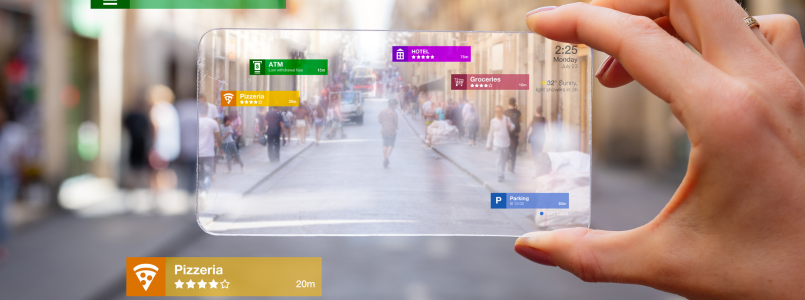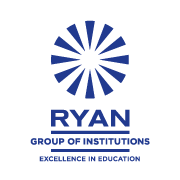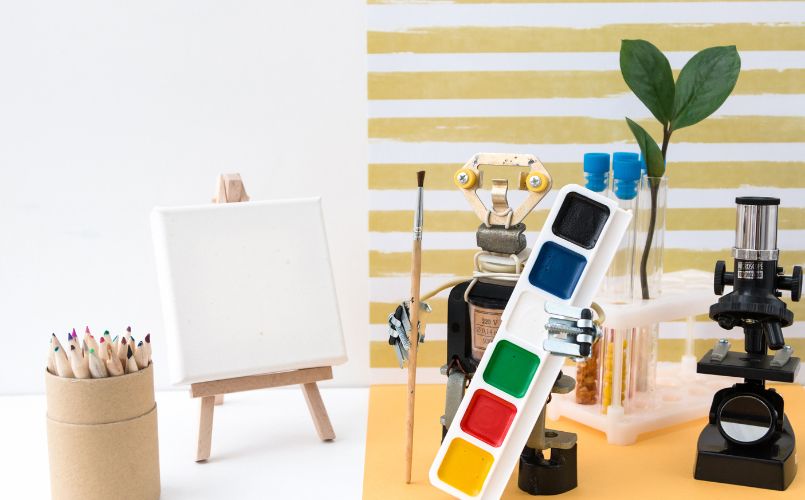A striking example of this integration’s impact comes from a 2019 study published in the ‘Journal of Educational Psychology’. It found that students exposed to an arts-integrated curriculum showed a 13% improvement in their standardized math test scores compared to those following a traditional curriculum. This data underscores the tangible benefits of intertwining arts with other STEAM disciplines, challenging the notion that arts are peripheral in STEAM education.
Incorporating creative teaching methods in STEAM can take various forms. One effective approach is using visual arts to explain scientific concepts. For instance, drawing or sculpting cell structures in biology classes offers a hands-on understanding, making abstract ideas more concrete and understandable. This method not only aids visual learners but also adds an element of creativity and enjoyment to the learning process.
Another aspect where creative teaching methods shine is in fostering critical thinking and problem-solving skills. A quote from Albert Einstein resonates well in this context: “The greatest scientists are artists as well.” This statement reflects the intrinsic link between scientific inquiry and artistic creativity – both require a level of imagination and unconventional thinking.
Furthermore, creative teaching methods in STEAM can bridge the gap for students who might otherwise find these subjects daunting. By presenting scientific and mathematical concepts through arts, educators can engage a broader range of learners, making these subjects more inclusive and appealing.
Exploring Interactive Technologies in STEAM: A Blend of Arts and Science


The incorporation of interactive technologies such as virtual reality (VR) and augmented reality (AR) in STEAM education represents a forward-thinking approach that blends arts and science seamlessly. These technologies offer an immersive experience that can transform traditional learning environments into dynamic spaces of exploration and discovery.
One striking example of this is the use of VR in teaching astronomical concepts. Students can embark on a virtual tour of the solar system, experiencing the scale and composition of planets in a way that a textbook could never convey. This immersive experience can ignite a passion for learning that traditional methods may not inspire.
Augmented reality (AR) brings a similar revolution in arts education. Imagine students exploring the Louvre Museum virtually, viewing and interacting with artworks in 3D. This not only enriches their understanding of art history but also makes education more accessible, transcending geographical barriers.
The use of these technologies is supported by compelling data. According to a study published by the National Education Association, students who learn through interactive technologies demonstrate a 75% retention rate compared to a 5% retention rate through traditional lecture-based learning. This statistic highlights the profound impact of Creative Teaching Methods like interactive technologies in enhancing learning effectiveness.
In addition to improving comprehension and retention, these technologies encourage active participation and collaboration among students. They foster an environment where learning is not just about absorbing information but about experiencing and interacting with content in a meaningful way.
The integration of VR and AR in STEAM education also prepares students for the future. As these technologies become increasingly prevalent in various professional fields, familiarity with them becomes an essential skill. Educators who incorporate these technologies are therefore not just enhancing their current teaching methods but are also equipping their students with the tools they need for future success.
Creative Teaching Methods like Storytelling in STEAM Education for Enhanced Engagement

Storytelling, an art form as old as humanity itself, finds its unique place in the realm of STEAM education, serving as a powerful tool to engage students and deepen their understanding of complex subjects. This approach weaves together narrative and education, making learning more relatable and memorable.
One compelling way storytelling is used in STEAM is through the narrative exploration of scientific discoveries. Teachers can recount the stories of famous scientists and their discoveries, bringing a human element to what might otherwise seem like distant historical facts. This method not only educates but also inspires, as students learn about the trials, errors, and triumphs of renowned scientists.
A notable example is the story of Marie Curie, whose groundbreaking work in radioactivity was both a scientific and a human journey. By sharing her challenges and achievements, educators can ignite students’ interest in science, portraying it not just as a collection of facts, but as a field of exploration and discovery.
The impact of storytelling as creative teaching methods is supported by research. A study by the National Association for the Education of Young Children found that narrative-based teaching increases students’ engagement and comprehension. This is particularly true for abstract concepts in mathematics and science, where storytelling can provide context and make the material more approachable.
Moreover, incorporating drama and role-playing into STEAM education allows students to actively participate in the narrative. For example, reenacting historical scientific
experiments or dramatizing mathematical problems enables students to experience the subject matter firsthand, fostering a deeper connection and understanding.
Additionally, storytelling and drama in STEAM education enhance essential soft skills like communication, empathy, and teamwork. As students collaborate to tell a story or enact a play, they develop these critical skills, which are valuable in any career path, particularly in STEAM fields where collaboration and communication are key.
In essence, the use of storytelling and drama in STEAM education offers a multifaceted approach to learning. It not only makes complex subjects more accessible and engaging but also prepares students with the skills necessary for future success.
Enhancing STEAM Education through Experiential Learning and Artistic Expression
Creative teaching methods like Experiential learning, characterized by hands-on, interactive experiences, is a cornerstone of effective STEAM education. When combined with artistic expression, it provides a powerful medium for students to not only understand but also to internalize and apply STEAM concepts in a profound way.
In this context, art projects that intersect with science or technology offer students a unique opportunity to explore STEAM concepts creatively. For example, constructing models to demonstrate engineering principles or creating digital art to explore computer programming concepts. These activities encourage students to apply what they learn in a practical context, deepening their understanding through active participation.
An exciting application of this approach is in environmental science education. Students might engage in projects where they create artwork using recycled materials, simultaneously learning about environmental conservation and artistic expression. This not only educates but also instills a sense of responsibility towards the environment.
The effectiveness of experiential learning is well-documented. A study by the Association for Experiential Education showed that students who engage in experiential learning activities demonstrate improved problem-solving skills, increased engagement, and a deeper understanding of the subject matter compared to traditional learning methods.
Moreover, the integration of artistic expression in STEAM education addresses different learning styles. Whether a student is a visual, auditory, or kinesthetic learner, experiential art projects provide various entry points to grasp complex STEAM concepts. This inclusivity ensures that every student has the opportunity to excel in STEAM subjects.
This method also nurtures creativity, innovation, and critical thinking skills. As students explore and create, they learn to think outside the box, approaching problems in novel ways. These skills are invaluable in the rapidly evolving world of science and technology, where innovative solutions are constantly sought after.
Cultivating Critical Thinking and Innovation through Creative Teaching Methods
The integration of arts in STEAM education goes beyond merely adding a creative dimension to teaching; it plays a crucial role in cultivating critical thinking and innovation among students. By blending artistic processes with scientific inquiry, educators can create a learning environment that encourages exploration, questioning, and innovative problem-solving.
One effective approach in this regard is incorporating design thinking into STEAM projects. This involves students using artistic design principles to solve scientific or technological problems, fostering a mindset that values aesthetics, functionality, and user experience. For instance, students might be tasked with designing a user-friendly mobile app for learning a scientific concept, combining coding skills with artistic design.
This method is particularly effective in encouraging students to think critically and approach problems from different angles. By considering both the artistic and scientific aspects of a project, students learn to view challenges as opportunities for creative solutions, a skill that is increasingly valuable in today’s fast-paced, innovation-driven world.
Moreover, the arts provide a platform for students to express their ideas and findings in STEAM subjects uniquely and creatively. Whether it’s through a science-themed art installation or a technology-based music composition, the integration of arts allows students to communicate their understanding in diverse and imaginative ways.
The value of this approach is evident in the growing trend of STEAM-focused careers that require a combination of creative and technical skills. Industries such as video game design, multimedia art, and digital animation are prime examples where the intersection of arts and STEM skills is highly sought after.
The role of arts in STEAM education is indispensable in developing the next generation of thinkers, innovators, and problem solvers. By integrating artistic processes into STEAM learning, educators can equip students with a balanced skill set that is both creative and analytical, preparing them to thrive in a rapidly evolving world.




